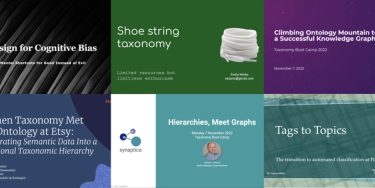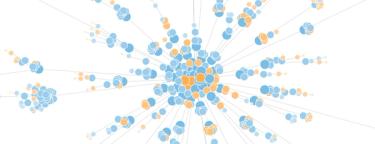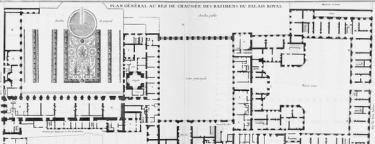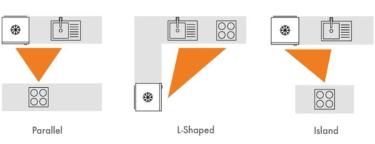WHO Department of Neglected Tropical Diseases

I helped the World Health Organization (WHO) Department of Control of Neglected Tropical Diseases (NTD) assess and revise the information architecture of their WHO sub-site content. Where their site had previously been structured to mirror their internal organization, based on the diseases they seek to control, their content structure and navigation now reflect the information needs of key site visitors and the priorities of the NTD department.










